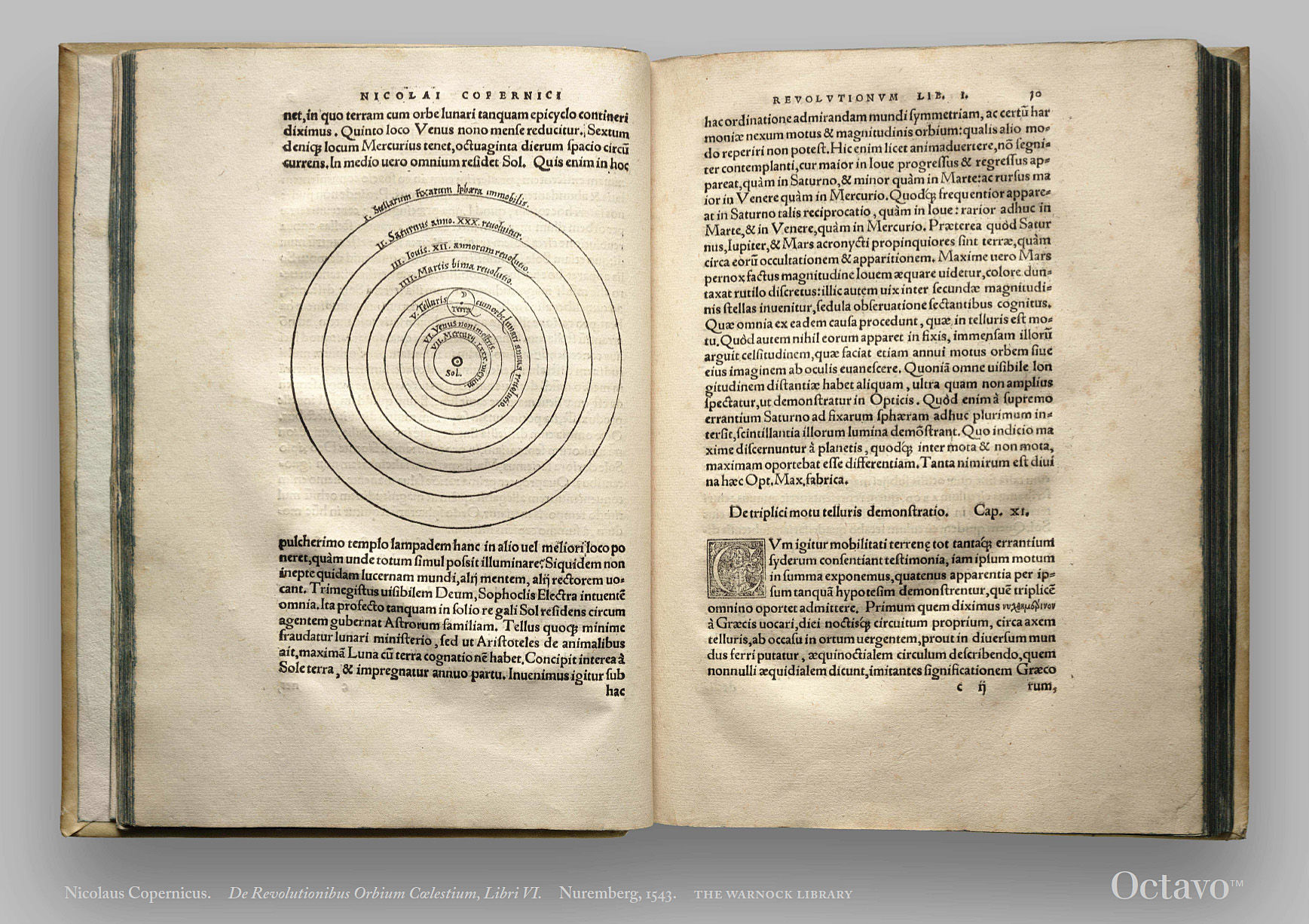

This chapter will focus on a number of themes that mark celestial physics and cosmological speculation in the sixteenth and early seventeenth centuries: the order of the celestial bodies and their nature, the relationship between celestial and terrestrial things, the question of celestial animism or vitalism, and the status of the divine in celestial nature. which induced me to look for another way of reckoning the movements of the heavenly bodies was that I knew that mathematicians by no means agree in their investigations thereof.

About Revolutions of Celestial Bodies) consists of six books called Book. Copernicus finished the description of his heliocentric theory in De. Celestial physics offered some of the most heated arguments for or against the Aristotelian cosmos, with controversial attempts to account for astronomical observation by integrating various causal innovations. as On the Revolutions of the Heavenly Spheres, a more exact translation is. Following his observations of the heavenly bodies, Nicolaus Copernicus (1473-1543) abandoned the geocentric system for a heliocentric model, with the sun at. It still assumed that the motion of all heavenly bodies was perfectly circular.
#ON THE REVOLUTIONS OF THE HEAVENLY BODIES SERIES#
It was published on 27th May 2014.The book is classified as young adult fantasy and is the sixth book of a series called The Mortal Instruments. Yet the history of celestial physics is far richer than was thought a generation ago, and there is much to be learned about the origins of the field, particularly in the sixteenth century, when humanist activity brought forth a dazzling array of philosophical possibility-from reconsiderations of Aristotle and Islamicate commentary to the revival of Platonic, Epicurean, and Stoic worldviews. This was a radical discovery because, according to Aristotelian cosmology, all heavenly bodies revolve around Earth, and a planet with moons obviously. City of Heavenly Fire was written by Cassandra Clare. It has long been recognized that astronomy was a catalyst of the Scientific Revolution, spurring on deeply consequential speculation about the nature of the cosmos and its physical principles.


 0 kommentar(er)
0 kommentar(er)
